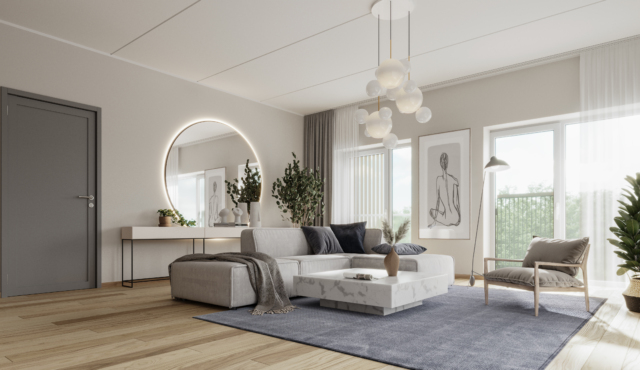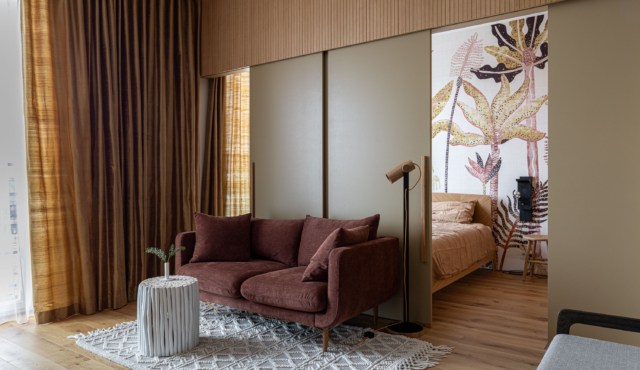What does the future of homes look like?
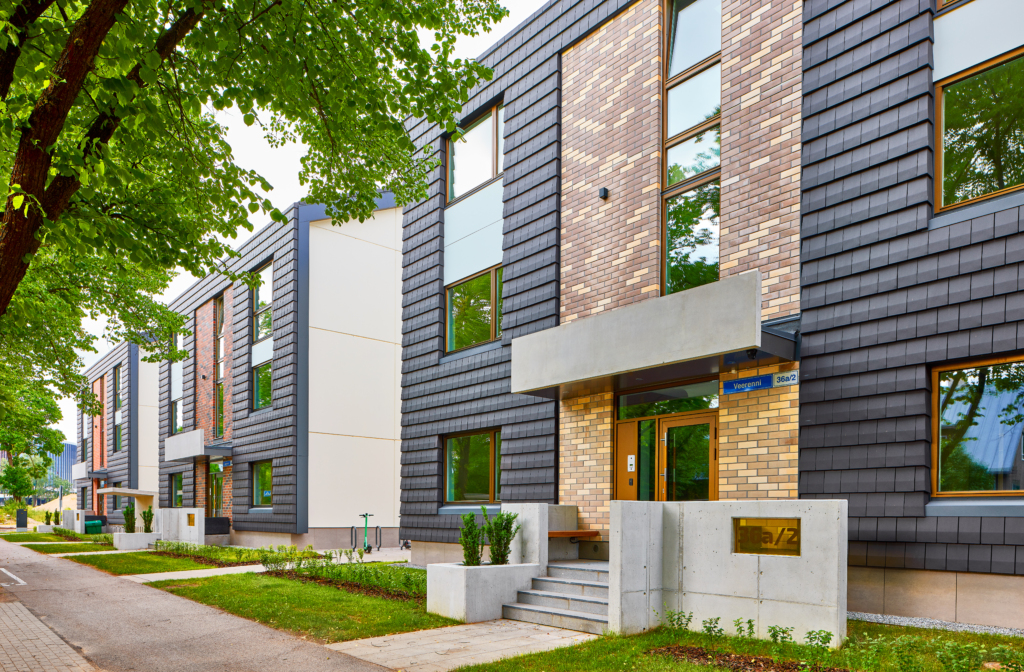
It is difficult to predict the future in a rapidly changing society, but issues related to energy saving and the green revolution are certainly becoming more and more important in real estate development. As the wishes of customers are different, more spacious layouts will be added to the market where each family member can have their own area for working or studying from home as well as living spaces with a more compact layout.
The new apartment buildings are planned as energy efficiency class A buildings. “Soon we will start seeing solar parks on the rooftop if there is even the smallest space available for them. Ventilation and heating systems in buildings are becoming more efficient and smarter. The apartments are equipped with smart home control systems, through which it is possible to control and monitor heating, ventilation, cooling and lighting across the whole apartment. The residual energy in hot water that currently simply goes into the sewer should also be used,” lists Alar Toomik, who leads the construction of the Uus-Veerenni residential complex.
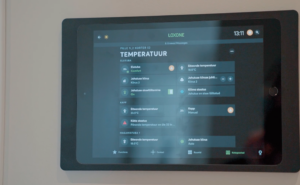
Smart home control system at a Uus-Veerenni development apartment. For more information: merko.ee/garantii
According to Uus-Veerenni’s sales manager Eve Soppe, customers are paying more and more attention to the indoor climate of apartments, which makes the topic increasingly important for developers. For each housing development, the best technical solutions for indoor climate control (ventilation, heating and cooling) are considered and the architectural aspects of the building that can support a suitable indoor climate are taken into account (for example, the option of passive cooling through architectural solutions).
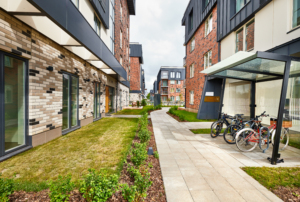
Bicycle parking is very popular at Uus-Veerenni. Photograph: Tiit Veermäe
Significant change is likely to occur in people’s mobility preferences. We believe at Merko that city dwellers will increasingly prefer alternative modes of transport to a private car – public transport, bicycles, scooters, rental cars for longer distances, taxi services, and walking for shorter distances. When planning a development area, it is therefore necessary to build infrastructure that supports the diversity of modes of transport and creates a level playing field for all road users. In planning the infrastructure, charging points for electric vehicles must be covered.
“Estonian apartment buyers are very smart – they know what to ask and what is good. We make every effort to ensure that the apartments we build are innovative, have a suitable floorplan, are of impeccable quality in terms of the construction work and materials, trendy and take future trends into account,” says Jaan Mäe, Head of Real Estate Development at Merko Ehitus Eesti.


